BAHRAIN used to be one of the biggest players in the Middle East. Other emirates in the region seem to gain more attention these days, especially Qatar and the various components of the United Arab Emirates (UAE). I discovered that Gulf Air is still flying daily to the Kuala Lumpur International Airport KLIA, but not taking much art back and forth. The direction of travel for that important activity is Bahrain to London.
The most prominent recent example of this journey is a collection from Bahrain that is to be displayed and then sold at Sotheby's Bond Street premises. All the exhibits are from the Islamic world and are mostly modern/contemporary. Almost one hundred works from the collection of the Al Zayani family were on display in Dubai last month and will be at Sotheby's, London, ahead of the sale on April 25.
It's unusual for a Middle Eastern art collection at auction to be from a single owner — if that's what we can call a family collection — and even more unusual for this to come from Bahrain. Over recent decades, it's collectors and institutions in the UAE, Qatar and Saudi Arabia that have received the most attention.
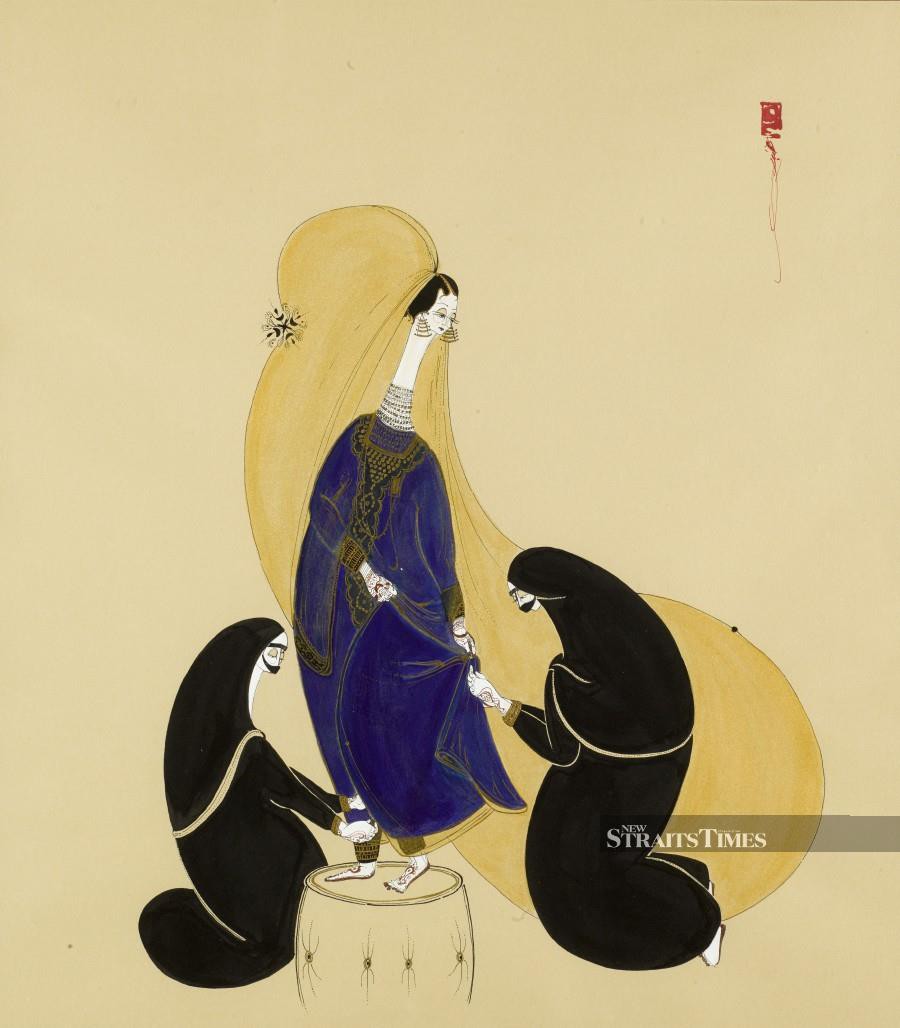
Often the associated auctions have been heavy on bling that is so old, the wares might be called ancestral. Royal families have been especially influential — in a discreet manner — as buyers as well as sellers.
It makes a change to be discussing the inventory of an individual such as Abdulrahman Al Zayani, patriarch of the family as well as head of a luxury advisory service in the field of jewellery. Needless to say, the latter covers the ground between New York, London and the Gulf.
CULTURAL HERITAGE

The art collection has a more Muslim-world focus. Featuring works of the last century, they are from Egypt, Turkey, Lebanon, Iran, Iraq, Syria, Saudi Arabia, the United Arab Emirates UAE and North Africa. The other thing they have in common, it seems, is that they are linked by the bonds of cultural heritage. There are some very well-known names in there, along with the less obvious.
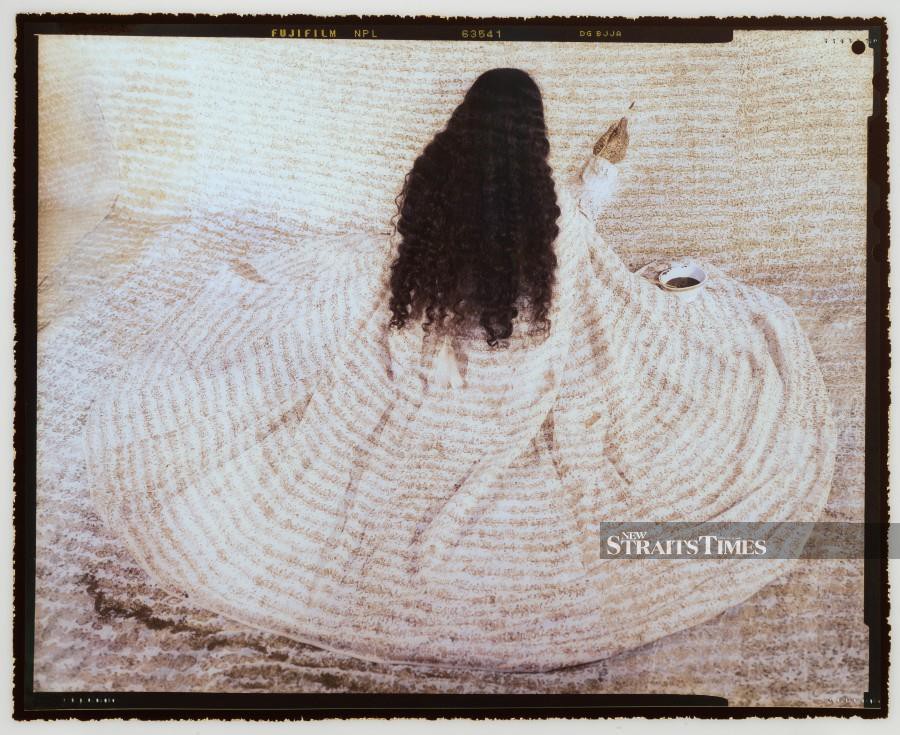
From different eras are just about every artist of renown who has emerged from the Middle East and North Africa over the past century. These include Timo Nasseri, Omar el-Nagdi, Lalla Esaydi, Hayv Kahraman, Susan Hefuna, Hatem El-Mekki and Taner Ceylan and many more.
A number of female artists are among the star attractions, often with strong messages about society and the role of women. The plight of Palestine is also on display, with the most prominent exponent being the Palestinian artist, Mona Hatoum.
Among the most memorable works is a charmingly naive painting by a pioneering woman, Gazbia Sirry, from 1959, along with an enigmatic and more male semi-abstract by Fouad Kamel, later titled The Drinker (1941). Adding a further touch of relevance to the regional appeal, these paintings are accompanied by jewellery, watches and traditional art of the Islamic world.
Most remarkable is the pace at which the art world has accelerated in the Middle East. This collection is a classic, and yet it is less than 20 years old. Prices are reasonable for top-end material, too, with a typical estimate being around RM100,000 — more than most Malaysian works, but a bargain by the standards of London auctions.
WORLD OF MIDDLE EASTERN ART
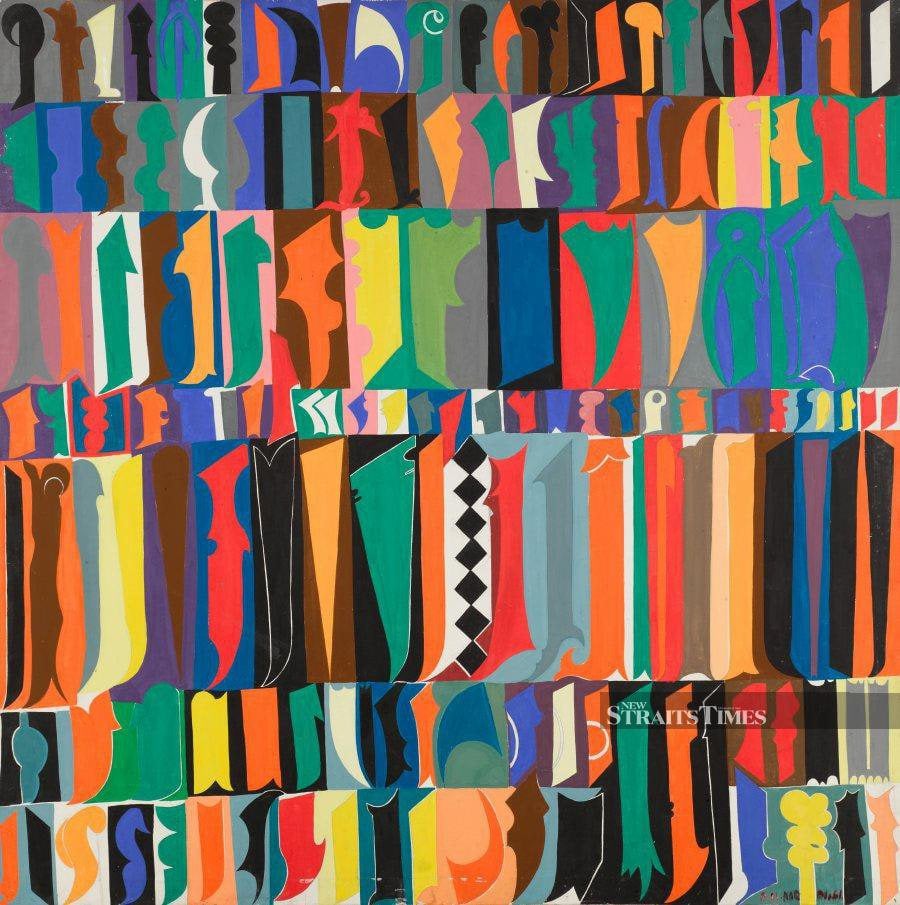
As it is increasingly common to have a mission statement with such auctions, here are some words from the Al Zayani family: "As we open the doors to our collection, the overarching sense is that these pieces were acquired with love, and we are excited for them to go to new homes where they will be discovered and appreciated anew… The world of Middle Eastern art has transformed since we first started almost two decades ago, and we are proud to witness and be a part of that evolution, living in a region that is now becoming one of the cultural hubs of the world."
This isn't what we would have heard a few decades ago, when Arab buyers were the butt of many art-world jokes. They now own much of the art world. It's a shame the rich parts of the Middle East, i.e. the Gulf and Saudi Arabia, don't take more of an interest in the art of their Muslim brothers from Southeast of there.
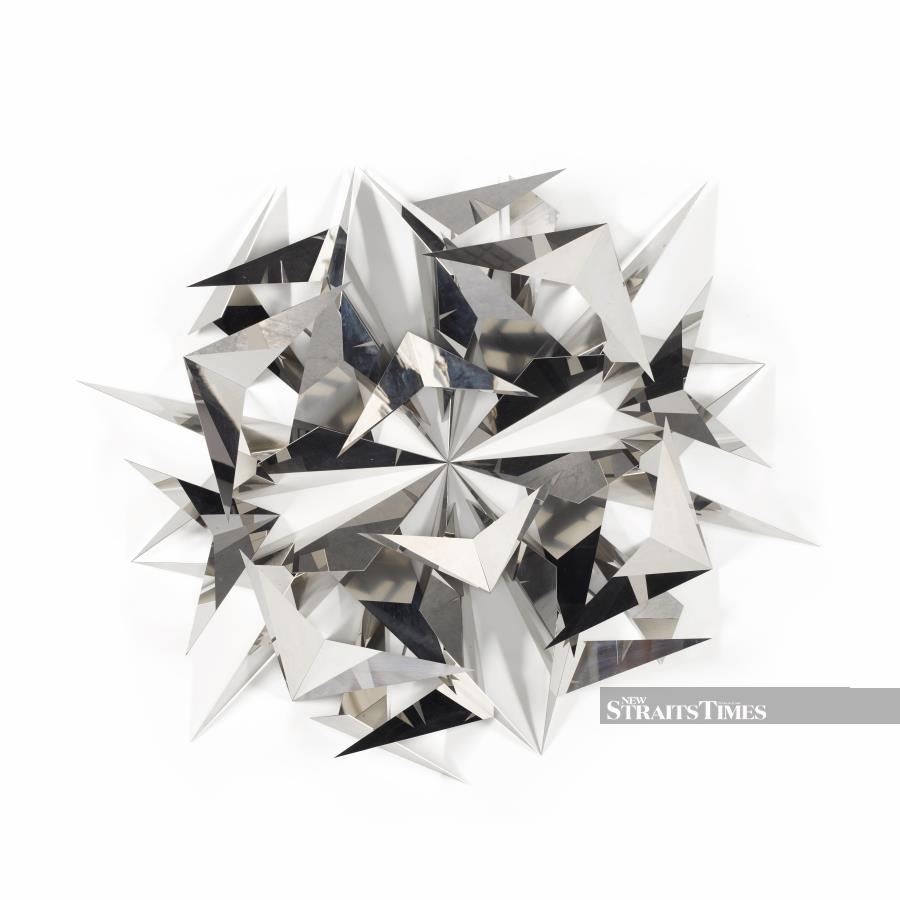
The first Islamic-art biennale, which takes place in Jeddah, ends this month. As might have been predicted, there are plenty of artists from China, without very obvious Islamic credentials. Strangely, these do not include the work of Islamic-calligraphy superstar Haji Noor Din Mi Guang Jiang from Shandong Province. I couldn't see any names from Southeast Asia.
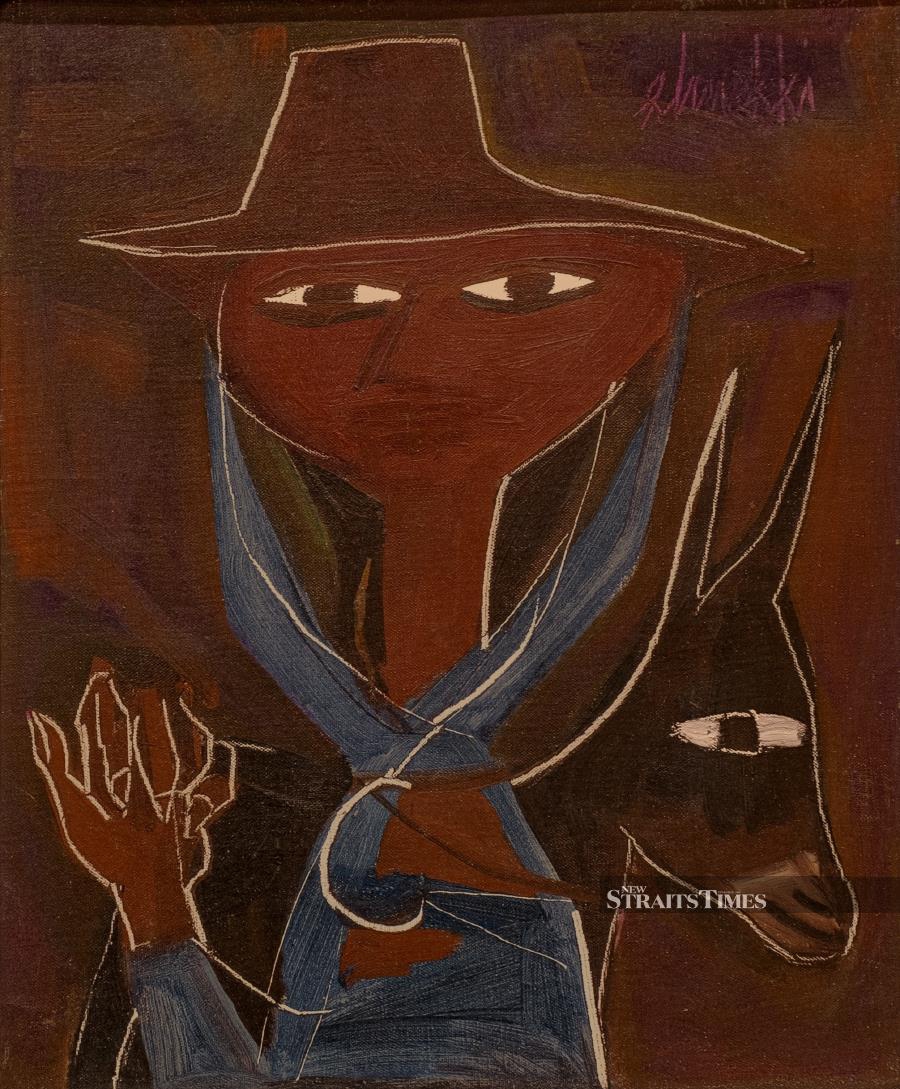
At the Al Zayani preview, on the other hand, there is a painting by the renowned Tunisian artist Hatem el-Mekki. It doesn't really count, but he was born in Jakarta to an Indonesian mother before the family moved to Tunisia. To give an idea of how long ago this was, Jakarta was still called Batavia at the time.
Follow Lucien de Guise at Instagram @crossxcultural.
Visit Bahrain with additional discounts using Booking.com Promo Code.





